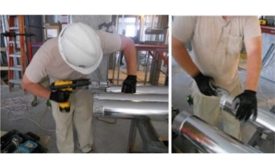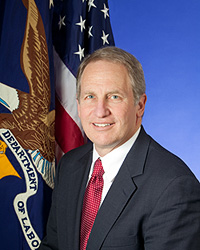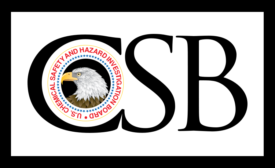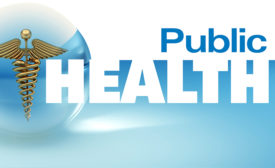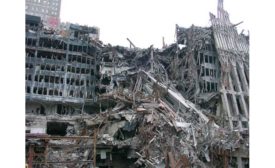News
Cancer death rate continues its decades-long drop
Health experts credit tobacco control measures as one factor
January 5, 2018
A Confined Space blog post
Boiled to death, buried alive and leg ripped off: The stories behind the statistics
January 4, 2018
Never miss the latest news and trends driving the safety industry
eNewsletter | Website | eMagazine
JOIN TODAYCopyright ©2024. All Rights Reserved BNP Media.
Design, CMS, Hosting & Web Development :: ePublishing



